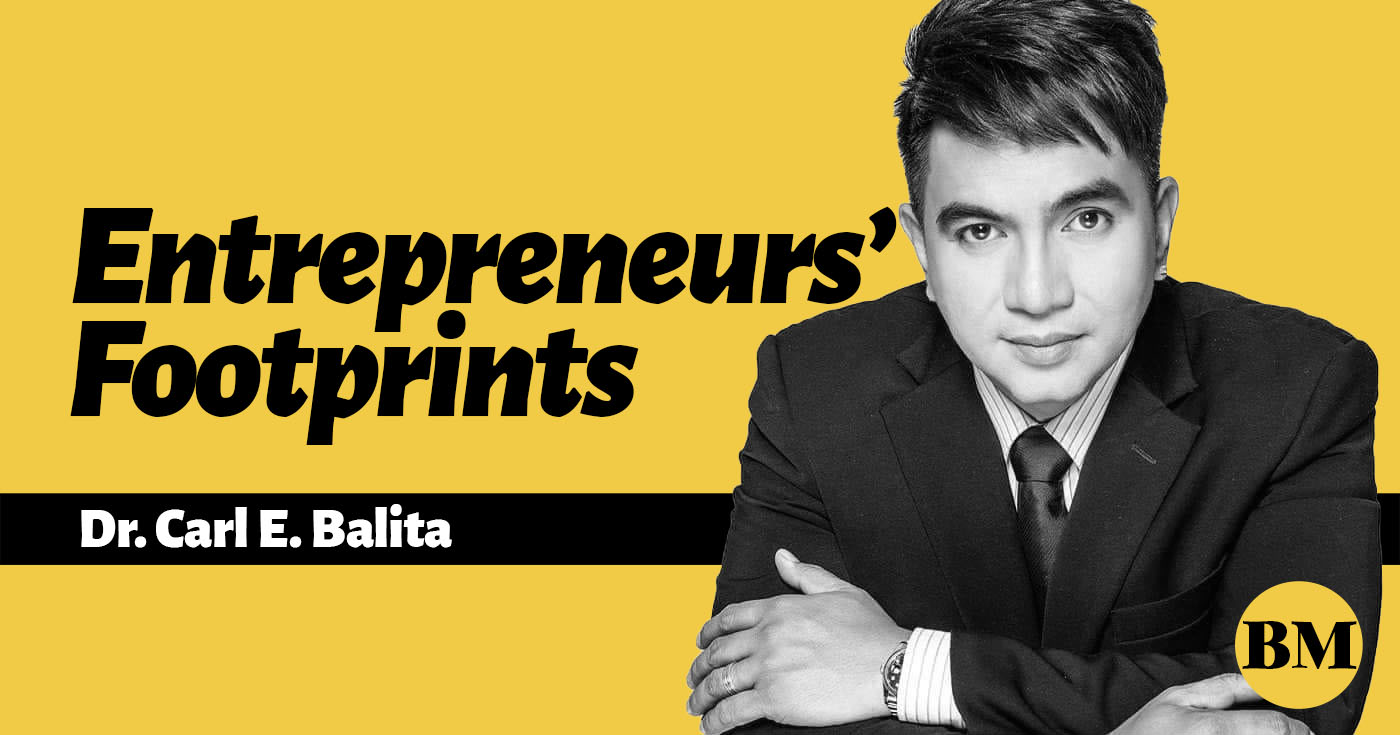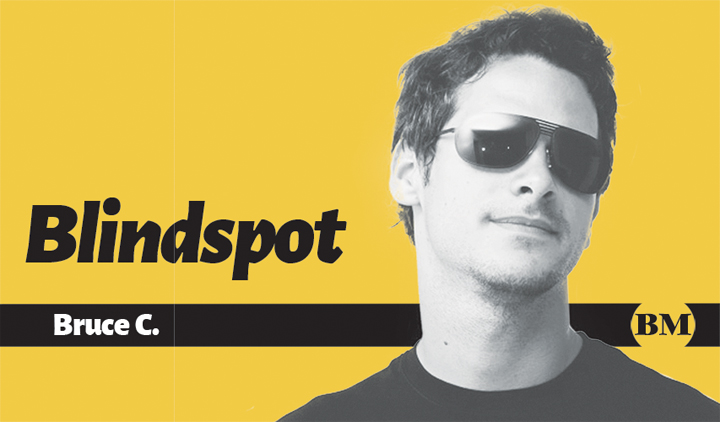IF managed appropriately, social bubbles can be an effective way of extending contacts beyond the household while limiting the increase in epidemic risk. This was the conclusion of a research study on the effectiveness of social bubbles as part of a Covid-19 lockdown exit strategy led by Trystan Leng in the UK.
A few researches, documented experiences and expert’s opinion have given evidence on the effectiveness of social bubble. New Zealand, Australia, Canada, Germany, USA and UK have even laid out operational policies and digital technology for it. Singapore has launched its first hotel bubble facility for non-quarantining business travelers, and along with countries like Australia are forging travel bubble only with a few countries they trust.
In the Philippines, the terms “tourism bubbles” and “international travel bubbles” were introduced since last year. But the term “bubble” became more interesting to the public when it was coined along with the “NCR Plus,” referring to Metro Manila, Bulacan, Cavite, Laguna and Rizal, placed under a “hard” general community quarantine from March 22 to April to control the surge in coronavirus cases in the country. But the question is: is the “NCR Plus bubble’s” execution plan, if any, based on the evidences available to guide it? Will it float or burst? Is the execution of our bubble benefitting from the documented successful experiences of other countries?
This writer presents available researches with their recommendations. It is always a good reminder that authorities who respond scientifically may be viewed by their community as competent and reliable. Research by Aledorf (2007) has demonstrated that interventions are only effective and feasible when the public deems them acceptable. Furthermore, we need to recognize the social, psychological, and economic cost of—and potential compliance fatigue with—complete isolation as proposed by the research of Morse (2006).
Bubble, defined
Merriam Webster defines a bubble as a small globule typically hollow and light that is hemispherical or semi-cylindrical. It is described for its lack of firmness, solidity, or reality. It is figuratively defined as a delusive or illusive scheme and as a transient short-lived phenomenon.
Ironically, Cambridge Dictionary also defines bubble as a temporary period of very successful economic performance often followed by sudden failure.
In the context of the pandemic, a “bubble” is an unofficial term used to describe the cluster of cohesive people outside your household whom you choose or nominate and with whom you feel comfortable spending exclusive time during the pandemic. It is when you mutually commit to hanging out with certain individuals only. The bubble idea is a relatively new concept, and was not used in the management of the SARS epidemic in 2003. Bubble may also be referred to as cohort, pod, squad, or “quaranteam.” It may also be applied in other contexts.
Why a bubble?
A Bubble is a way of blending the risk of exposure to Covid-19 with our need for social interaction. In epidemiology, the aim of a bubble is to reduce risk as much as possible, but in a long pandemic we need an approach that is not just compassionate, but realistic about the modern social structure.
A bubble may foster resilience by reducing a sense of isolation for people distressed by separation. A Cornell University research states that fully quarantining non-infected, psychologically vulnerable individuals over prolonged periods can have severe mental health consequences and the strain of isolation can foster a rise in stress, negative emotions and domestic violence. Isolation causes stress and may reduce cooperation. Compassion may improve the community’s adherence to restrictions rather than merely being forced to comply.
New Zealand was the first country to implement an extended bubble during Covid-19 pandemic, compassionately allowing people to have close contact with family members outside their household, under its “alert level 3” restrictions. NZ Prime Minister Jacinda Ardern and Australia Prime Minister Scott Morrison are known to have adopted the home and work bubble. But the bubble may also have its downside. The advantages of a compassionate approach to mental well-being must be weighed against any infection transmission disadvantages. All it takes is a few people to start spreading Covid-19 within a community, and then it rapidly spreads through families.
The science of a bubble
A research led by Per Block at Oxford School of Anthropology explored the social network-based distancing strategies to flatten the Covid-19 curve in a post-lockdown world. The research was motivate to document and propose strategies with less adverse social, psychological and economic consequences.
Adopting a social network approach, the study evaluates the effectiveness of three targeted distancing strategies designed to “keep the curve flat” and aid compliance in a post-lockdown world.
The study proposes three strategies:
Strategy 1: “Seek similarity” strategy, where individuals choose their contact partners based on their individual characteristics. Generally, individuals tend to have contact with others who share common attributes, such as those in the same neighborhood (geographical), or of similar income or socio-demographic characteristics such as age.
Strategy 2: “Strengthen triadic communities” clustering strategy, where individuals must consider with whom their contact partners usually interact. A common feature of contact networks is triadic closure, referring to the fact that contact partners of an individual tend to be connected themselves. This strategy relies on a stable and established network structure of durable relations: who are members of my usual “groups” (e.g., friends, family, co-workers) and which pairs of individuals among my usual contacts interacts with each other too?
Strategy 3: “Repeat contact and build micro-communities” strategy, where individuals need to consider who they want to regularly interact with and, over time, restrict interaction to those people. This reduces the number of contact partners rather than number of interactions, which is particularly important when contact is necessary for psychological well-being. This strategy of limiting contact to very few others with repeated interactions is in the spirit of a social contract with others to create micro-communities to only interact within the same group delineated by common agreement. This strategy relies on a strategic decision to form most convenient and effective “interaction bubbles” and repeat contact to them over time.
A number of concrete policy guidelines can be deduced from this network-based strategies. For example, in hospital or for essential workers, risk is minimized in sustained shifts with similar composition of employees (i.e., repeating contact) and, to distribute people into shifts based on, for example, residential proximity where possible. In workplaces and schools, staggering shifts and lessons with different start, end and break-times by discrete organizational units and classrooms will keep contact in small groups and reduce contact between them. When providing private or home care to the elderly or vulnerable, the same person should visit rather than rotating or taking turns, but that person should be the one with fewest bridging ties to other groups and who lives the closest (geographically).
These experiences and researches should lead us into asking many questions. Is our version of the bubble conducive to limiting our interaction only with similar types of people? Is it strengthening interaction within our limited communities? Is it forging repeating socially-satisfying interaction with same people? Is it going to reign the social dynamics of our people? Is it enabling free mobility of people within the fragile bubble?
Or, is the “bubble” just another term coined and added to our pandemic dictionary?
For feedback, please send e-mail to drcarlbalita@yahoo.com.





























